Imagine this: you’re working on a project that requires a 24-volt battery, but all you have is a 12-volt charger sitting in your garage. Can you make it work? The short answer is no, you can’t safely charge a 24V battery directly with a 12V charger. It’s a matter of simple physics. But don’t worry, in an emergency, there are several workarounds that can get the job done safely.
In this article, we’ll explain why a direct connection fails, walk you through four proven workarounds, share safety best practices, and answer common FAQs. By the end, you’ll know exactly how to keep your 24V battery healthy and topped off.
Contents
Why a 12V Charger Won’t Charge a 24V Battery
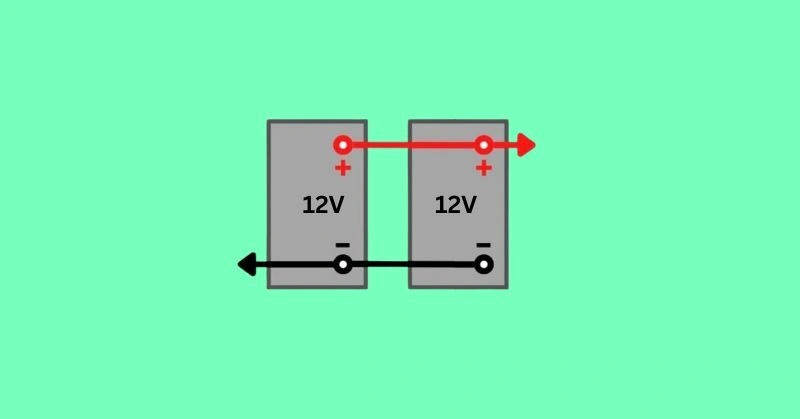
- Insufficient voltage: A 12V charger only outputs around 13.6 to 14.4 volts under load, while a fully discharged 24V lead‑acid battery needs at least 27–28 volts to charge properly.
- Incomplete charging: The batteries won’t reach full capacity.
When you connect the 12V charger to the 24V battery, the battery’s pressure is much higher than the charger’s. No current will flow from the charger to the battery. Nothing will happen, or you could potentially damage the internal electronics of your 12V charger as it struggles against the higher voltage.
What are Battery Voltage Requirements
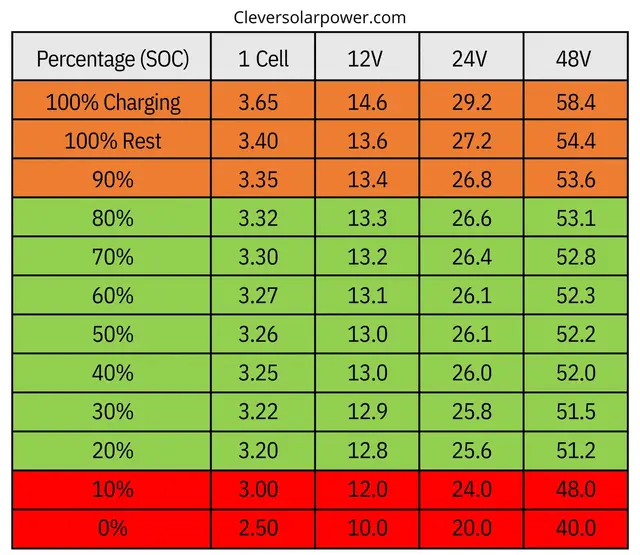
Before talking about solution, First know and clear your doubts about Battery Voltage Requirements.
- 12V battery: Requires 13.8-14.4V for proper charging
- 24V battery: Requires 27.6-28.8V for proper charging
4 Safe Methods to Charge a 24V Battery with a 12V Charger
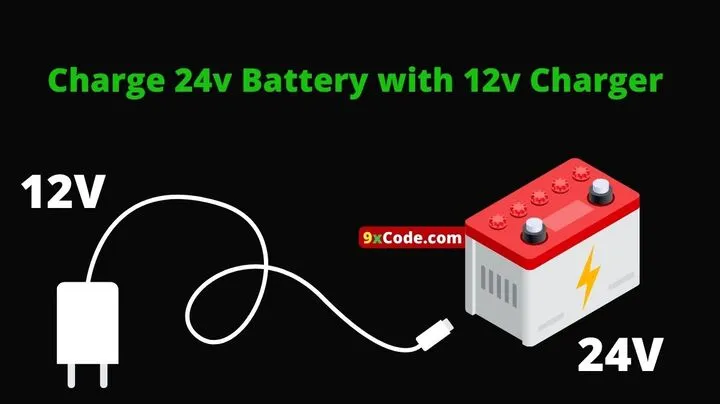
While you can’t simply plug a 12V charger into a 24V battery, It will not work properly. But, you can use creative solutions to step up voltage or charge in stages. Below are four popular approaches.
Remember, All Methods carry risks if done improperly. The best and Safest Solution is always use Dedicated 24V Charger.
Method 1: Use a DC-DC Step‑Up (Boost) Converter
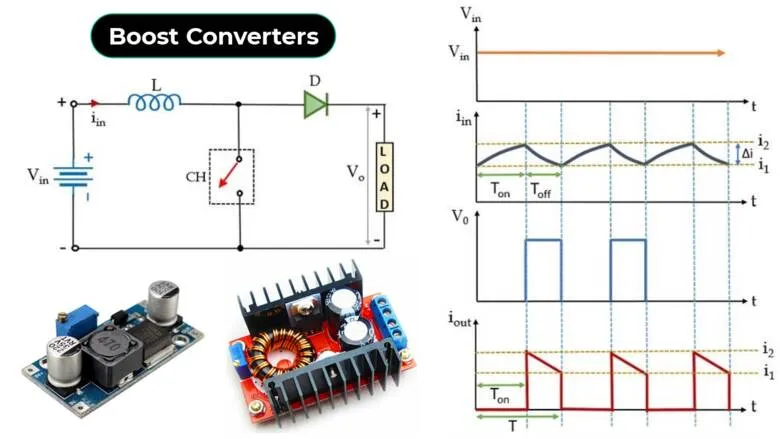
However, use a DC to DC step-up buck converter to charge your 24V battery. You need to set up your buck converter such that it’s under control. To stay on a 24V battery charger, set the output to 27V to 28V such that it does not warm up and provides a limited supply of power. By giving more heat than limits, it’s increasing the chances of exploding, so stay alert.
Follow Below Steps…
- Select a converter rated for the current you need (e.g., 10A, 20A).
- Set the output voltage to around
27–28Vfor a24V lead‑acidbank. - Connect your 12V charger to the converter’s input and the battery to its output.
- Monitor temperature and voltage, overvoltage can overheat cells and shorten battery life.
Method 2: Constant‑Voltage Power Supply
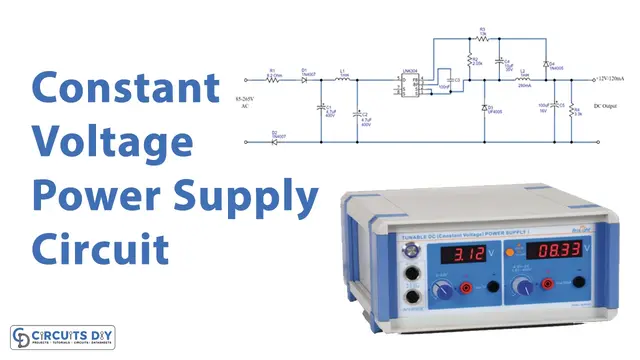
Use a Constant Voltage supply to charge any battery. Install it fully charged, but you need to cut the charge supply just after it is completely charged. This process is called a step-down transformer to charge a battery.
Method 3: Tickle (Trickle) Charger
There is a special type of product known as Tickle Charges, a 12-volt charger used to charge a battery slowly. The process of charging in this situation is slow because it provides current limits such that no harm is detected while charging.
If you increase the current more than the usual capacity (as per depend on the capacity of the battery) then it may be harmful to your battery. It needs to be under the range of 15-20% of its capacity.
Drawback: Very slow, expect 24 to 48 hours for a full charge.
Method 4: Taper and Pulsed Charging Techniques
In this method, you go through Taper charging and Pulsed charging to charge your battery. Those processes are to stop current or decrease current at the end, such that your battery is safe to work.
What is Taper charging?
In Taper charging technique, it reduces current gradually as the battery voltage rises, preventing overcharge during the final stage.
Important Considerations Before Charging a 24v Battery
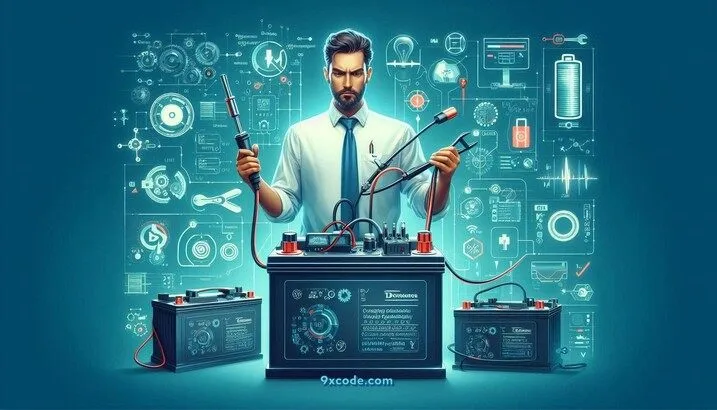
It is a must to know the specifications or properties of the used devices. Different battery forms have different capacities, and correct charging methods are required based on capacity. You have to know about charger voltage, current providers, and charging algorithms suits as per based on the device used. Different companies’ batteries require a specific combination of charging devices.
You must follow safety precautions while building a circuit of batteries and chargers. Wear safety glasses for eye protection, wear gloves to protect yourself from acid and battery, keep a fire extinguisher aside for fire protection, and choose a ventilated area to work. Remember to disconnect all loads (resistance) connected to the battery before charging.
Does 24V charge faster than a 12V charge?
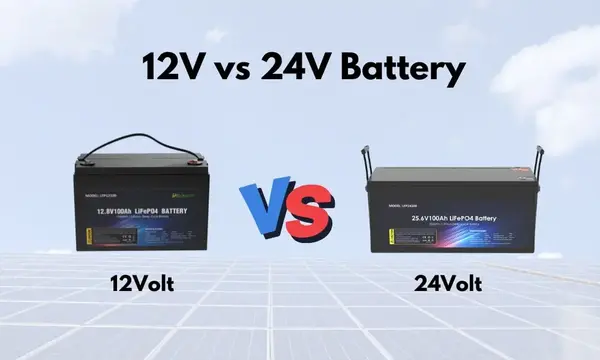
Yes, it’s right that 24V chargers are faster than 12V and simple to understand by the given example. It’s an Advantage of a 24V battery over a 12V battery that speeds up charging and provides more efficiency while working.
Charging of a battery depends on two main things: battery capacity and charging current. When we charge a battery, the capacity of the battery fluctuates with the speed of charging.
Charging current passes through a large battery, which needs a higher voltage to complete the travel and drop less voltage. On the other hand, less voltage will take longer to travel and also drop most of the voltage while charging.
That all impacts the speed of charging, and theory says that a 12V battery takes up to 18-24 hours to fully charge.
When is a 12v Battery Faster than a 24v Battery?
Sometimes situations turn out to be wrong when wired 24V battery and a 12V battery are different. If you are using a thick wire and a larger connection, then a 24V battery works slowly and does not provide better speed.
At that time, a 12V battery is better to provide through a long-distance power supply and loses less voltage than a 24V battery because, in a 12V battery, wires are thinner, which provides less resistance to current.
Is a 24-Volt Battery Safe to Touch?
No, do not touch the 24V battery. If any source provides a current of more than 5mA, then it’s harmful for you to touch that source, and a voltage of more than 50V is harmful to a normal body.
A voltage less than 60V is considered to be low voltage and normal for a body, but on increasing its fluctuating current increases more dangerous.
Frequently Asked Questions (FAQs)
Can I wire two 12V chargers in series for a 24V battery?
Technically Yes, but it require technical knowledge to do it.
What is the ideal charging voltage for a 24V lead‑acid battery?
The Ideal charging voltage for 24V lead-acid battery is typically 28.8 volts at 25°C (77°F). Adjust by ±0.02V per cell for temperature changes.
How long does it take to charge a 24V battery?
With a 10A charger and a 100Ah battery, expect 10–12 hours from 50% to 100% state of charge under optimal conditions.
Is it worth buying adapters instead of a new charger?
For consistent use, yes. If you charge 24V batteries monthly or more, invest in a proper 24V charger.
Read Next: How to Reset IP Camera Without Reset Button?
Conclusion
A complete overview of 24-volt batteries and 12-volt batteries to consider your solution and your view towards them, and decide your confirmation to confirm one of them or get guidance on what to do and what not to do.
Overall, there is no official solution, but people’s creativity makes it easy to convert your 12V battery to a 24V battery or charge a 24V battery using a 12V battery.
There are more than 3 different methods added for you to choose via your choice to charge your battery, and also, make it easier to solve your problem by visiting our site.